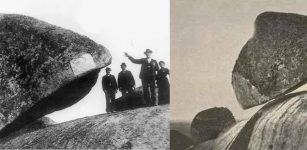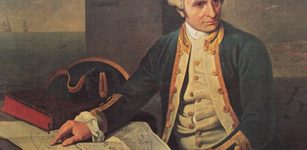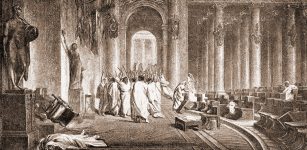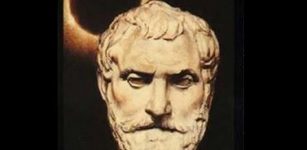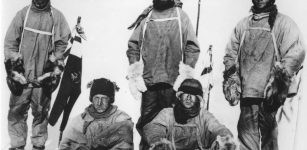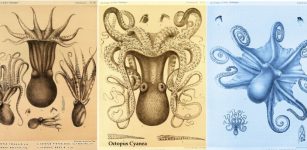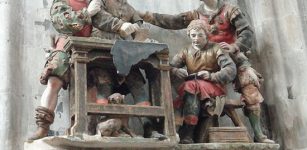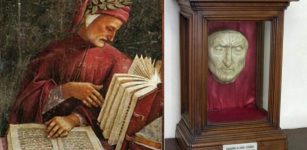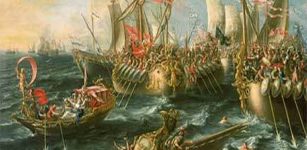On This Day In History: First War Of Scottish Independence: Battle of Bannockburn Begins – On June 23, 1314
MessageToEagle.com – On June 23, 1314 the Battle of Bannockburn started. It was the first war of Scottish independence.
Robert the Bruce, guardian of Scotland faced King Edward II at Bannockburn, near Stirling.
Bruce had lost almost everything. His wife, daughter and sisters had been held captive in England for seven long years. Bruce had lost friends, allies and family during his campaign – his brothers, Neil, Thomas and Alexander, had been hanged, drawn and quartered. Now, finally, the Bruce was face-to-face with the English King.
The Scottish army was very small and outnumbered almost three to one.
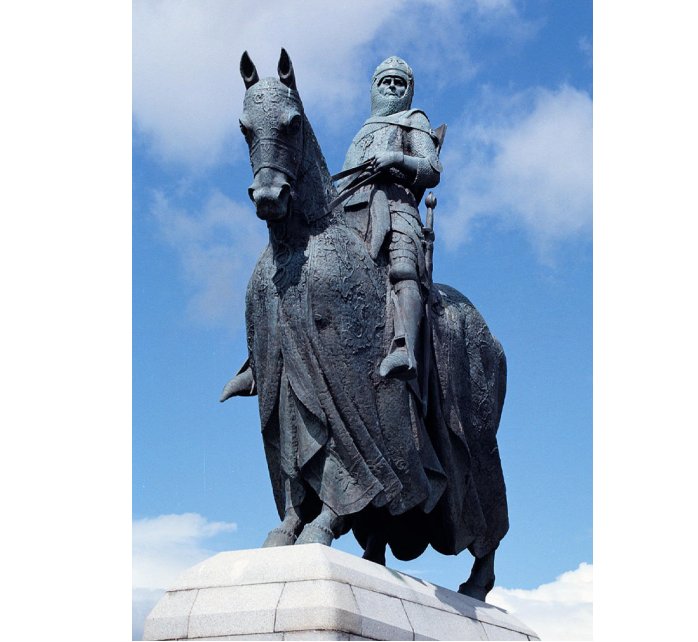
King Edward II had more than 2000 battle-hardened knights to while Bruce had only 500 horsemen. A mere 6000 Scots foot soldiers faced Edward’s force of 16,000 infantry.
It seemed like an impossible battle against all odds, but the Scots fought with tremendous courage.
The Scots decided to use used the natural terrain to counter the threat of Edward’s heavy cavalry and dug small pit traps or ‘pots’ to defend their flanks and force the English to fight them head on.
The first day of the battle took place on a Sunday and the Scots attended Mass before they entered the battlefield. The Scots formed three massive schiltrons and held their ground at New Park. Armed with only a battle-axe, Bruce was sitting and waiting on a small horse.
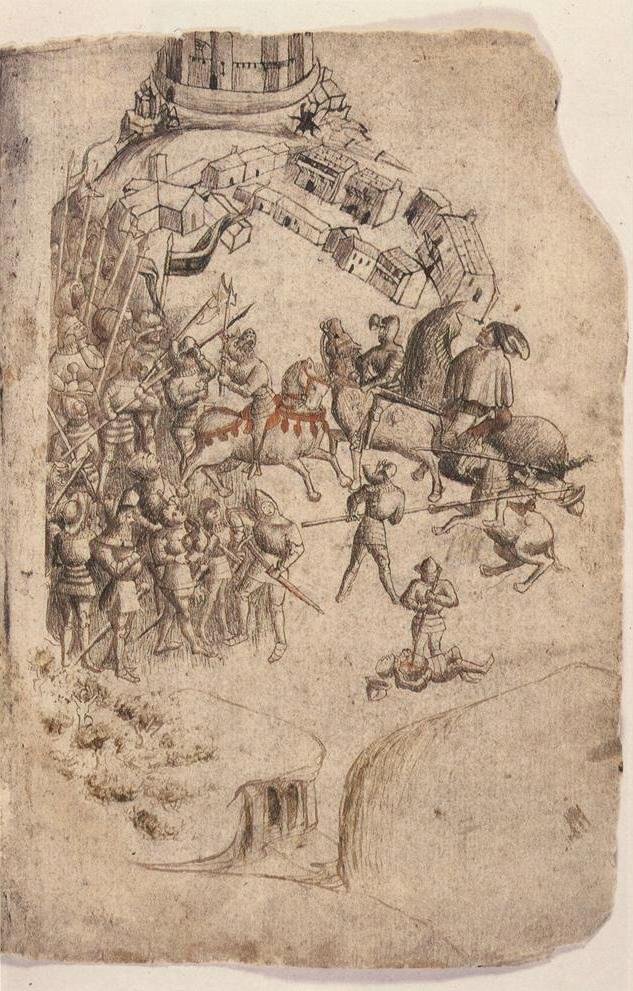
An English knight, Henry de Bohun, saw the Scots king and turned his war-horse to charge. De Bohun thundered across the field levelling his lance at Bruce. The Bruce stood his ground and waited till the English knight was almost upon him then stood up in his stirrups and brought his battle-axe crashing down on Henry, splitting his helm and his skull in two.
The next morning the Scots rose and prepared for battle. It was Midsummer Day, the Feast of St John the Baptist. The English had a dreadful night and morale was low. King Edward II made a fatal mistake when he ordered his men to cross the river to the east of New Park. The Scots were fully prepared for the attack. The schiltrons formed and the Scots spearmen took their toll of the English cavalry.
See also:
Sir William Wallace: Brave Scottish Knight And Legendary Hero
History Of The Saltire – Scotland’s National Flag And World’s Oldest Sovereign Flag
Bruce ordered the Scots to push forward and a forest of spears sent Edward’s army crashing back upon itself. Bruce’s camp followers – the small folk of the baggage train – took up arms and charged to join the battle. The English took this as a new Scots force and panicked.
The casualties for the Englishmen were very high.
The weight of numbers of the massed ranks of English knights, infantry and Welsh longbow men proved fatal as mounted knights struggled to escape back across the river and fallen men were trampled underfoot. The Scots pushed Edward’s army back to the steep-sided Bannockburn until the river was filled with bodies.
King Edward II fled the field. He escaped to Dunbar Castle and sailed to England. The Scots took English knights captive to trade for Scots prisoners. After his victory at Bannockburn the Bruce was able to negotiate the freedom of his wife Elizabeth, daughter Marjory, and sister Mary.
The horrifying battle lasted for two days and thousands lay dead or dying on the battlefield.
MessageToEagle.com

